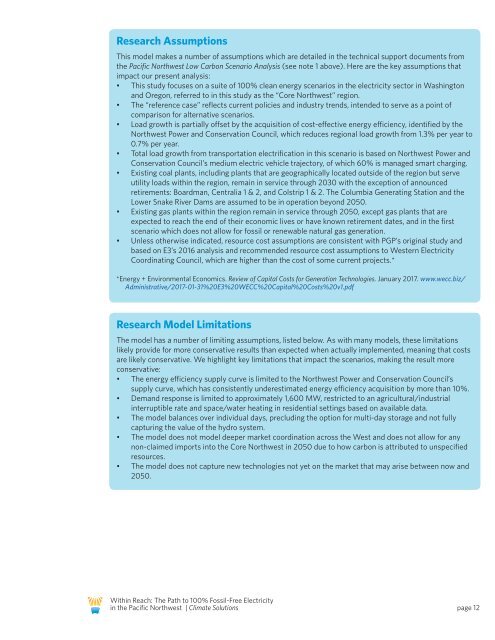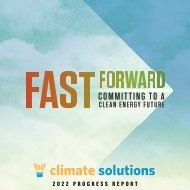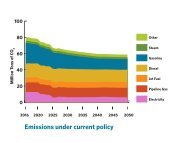within reach - 04
within reach - 04
within reach - 04
Create successful ePaper yourself
Turn your PDF publications into a flip-book with our unique Google optimized e-Paper software.
Research Assumptions<br />
This model makes a number of assumptions which are detailed in the technical support documents from<br />
the Pacific Northwest Low Carbon Scenario Analysis (see note 1 above). Here are the key assumptions that<br />
impact our present analysis:<br />
• This study focuses on a suite of 100% clean energy scenarios in the electricity sector in Washington<br />
and Oregon, referred to in this study as the “Core Northwest” region.<br />
• The “reference case” reflects current policies and industry trends, intended to serve as a point of<br />
comparison for alternative scenarios.<br />
• Load growth is partially offset by the acquisition of cost-effective energy efficiency, identified by the<br />
Northwest Power and Conservation Council, which reduces regional load growth from 1.3% per year to<br />
0.7% per year.<br />
• Total load growth from transportation electrification in this scenario is based on Northwest Power and<br />
Conservation Council’s medium electric vehicle trajectory, of which 60% is managed smart charging.<br />
• Existing coal plants, including plants that are geographically located outside of the region but serve<br />
utility loads <strong>within</strong> the region, remain in service through 2030 with the exception of announced<br />
retirements: Boardman, Centralia 1 & 2, and Colstrip 1 & 2. The Columbia Generating Station and the<br />
Lower Snake River Dams are assumed to be in operation beyond 2050.<br />
• Existing gas plants <strong>within</strong> the region remain in service through 2050, except gas plants that are<br />
expected to <strong>reach</strong> the end of their economic lives or have known retirement dates, and in the first<br />
scenario which does not allow for fossil or renewable natural gas generation.<br />
• Unless otherwise indicated, resource cost assumptions are consistent with PGP’s original study and<br />
based on E3’s 2016 analysis and recommended resource cost assumptions to Western Electricity<br />
Coordinating Council, which are higher than the cost of some current projects.*<br />
*Energy + Environmental Economics. Review of Capital Costs for Generation Technologies. January 2017. www.wecc.biz/<br />
Administrative/2017-01-31%20E3%20WECC%20Capital%20Costs%20v1.pdf<br />
Research Model Limitations<br />
The model has a number of limiting assumptions, listed below. As with many models, these limitations<br />
likely provide for more conservative results than expected when actually implemented, meaning that costs<br />
are likely conservative. We highlight key limitations that impact the scenarios, making the result more<br />
conservative:<br />
• The energy efficiency supply curve is limited to the Northwest Power and Conservation Council’s<br />
supply curve, which has consistently underestimated energy efficiency acquisition by more than 10%.<br />
• Demand response is limited to approximately 1,600 MW, restricted to an agricultural/industrial<br />
interruptible rate and space/water heating in residential settings based on available data.<br />
• The model balances over individual days, precluding the option for multi-day storage and not fully<br />
capturing the value of the hydro system.<br />
• The model does not model deeper market coordination across the West and does not allow for any<br />
non-claimed imports into the Core Northwest in 2050 due to how carbon is attributed to unspecified<br />
resources.<br />
• The model does not capture new technologies not yet on the market that may arise between now and<br />
2050.<br />
climate solutions<br />
Within Reach: The Path to 100% Fossil-Free Electricity<br />
accelerating in the the Pacific transition to Northwest our clean energy future | Climate Solutions<br />
page 12








